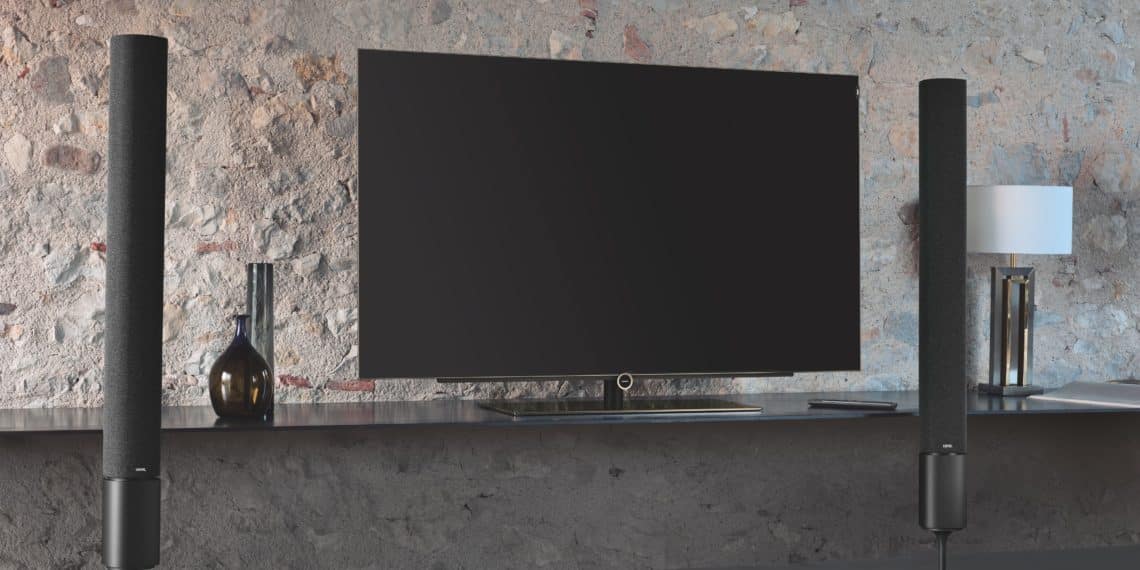Those who have never experienced dirty electricity, lightning surges, or power outages are the only ones who believe they do not require a home theatre power manager. Power managers are practical and convenient tools that can enhance your home cinema system significantly. The purpose of power managers will be covered in this article. Let’s start with the basics.
It can be difficult to connect your home theatre to the power source because even a small amount of additional voltage can quickly ruin an expensive home theatre system. A home theatre power manager is utilized to safeguard them.
What is a Home Theatre Power Manager
A more or less complex device called a home theatre power manager, sometimes known as a home theatre power conditioner, controls how AC power is distributed, offers surge protection, and filters out unclean electricity (reduces or eliminates noise). It may also include extra features like sequential system power ON/OFF, over/under-voltage safety, etc., depending on complexity (and cost).
A home theatre power manager has two main functions in a home theatre system. First, by enhancing the quality of electricity, effectively dispersing the power, and reducing noise, it should enhance the performance of your home theatre system. Second, it’s designed to keep all of your equipment safe from power spikes and increase its lifespan.
They also give you access to a much cleaner and more ordered environment. The back of your power manager is where all the connections are linked and are concealed. Your power manager will act as the central hub for all of your equipment, eliminating the need for many power strips to be scattered throughout the space.
What Can a Home Theatre Power Manager Do
In conclusion a home theatre power manager basically is a device that offers a variety of electrical protection features. The majority of home theatre power managers include automatic voltage regulators, surge protection, and noise filtration. A power manager occasionally enhances audio quality.
Do I Need a Home Theatre Power Manager
Very few people do not require it at all. You could only require it for protection, depending on how well your home’s electrical installations are done. However, it might also be necessary for better performance.
A home theatre power manager is not an option if you live in an area where lightning strikes are common or if you frequently experience power surges. A home theatre power conditioner is an excellent idea even if power surges don’t happen often. merely in case.
The so-called normal mode noise, a low-level signal that travels with the initial power pulse, is another source of dirty power. You may occasionally be able to hear this noise through your speakers (if it hasn’t been filtered out). Other devices connected to the same line may create this type of noise. You are therefore dealing with dirty electricity if your speakers make a popping or humming sound everytime you turn on a light or a hairdryer. Your home theatre’s performance could be enhanced with a home theatre power manager that filters out that noise. You can achieve cleaner electricity and, consequently, cleaner sound by using a power conditioner.
What is the difference between a Power Conditioner and a Surge Protector: Which should you use
Are you trying to understand the difference between a power conditioner vs surge protector?
You’re not the only one who has ever questioned what makes a power conditioner different from a surge protector. There are more differences between these two electrical devices besides only pricing. So what makes a power conditioner different from a surge protector?
Even though a surge protector guards your equipment from power surges and impulses, noise and voltage fluctuations can still cause problems. A power conditioner, on the other hand, ensures that the noise voltage is stable and cleared up.
How Much Should a Home Theatre Power Manager Cost
A good power conditioner that filters noise and protects your electronics should cost at least $250. If that’s too much for you, get something less expensive – any protection is better than none. Keep in mind that while less expensive power conditioners will provide the necessary protection, their noise filtration capabilities will be limited. If you don’t have any issues with dirty power, purchasing a less expensive unit is a completely reasonable option.
High-end devices for professional use can cost $4,000 or more, but you don’t have to spend that much. For $400-$1000, you can buy a high-performance power conditioner that will protect all of your home theatre equipment and isolate most of the noise.
Are Home Theatre Power Managers Worth It
Having a power manager is an excellent method to protect your expensive home theatre equipment. There is a big investment there, especially if you have a huge TV, a nice surround sound system, and a gaming console.
With one of these devices, you won’t have to worry about power surges, lightning strikes, or filthy power. Many even include a warranty to protect your gadgets if one of these events occurs, providing you with peace of mind.
Conclusion
Let’s wrap up this post on Home Theatre Power Manager!
Power managers are an essential tool for keeping home theatres safe. Usually they are inexpensive and simple to use, and they can save you a lot of money in the long term.
Home theatre power managers are one of those things that you might not consider while setting up your home theatre system, but then you realize you need one.
They are necessary for voltage monitoring and voltage regulation in order to successfully eliminate the risk of harming home theatre systems in the event of a regular power surge in your area.
I hope this article has helped, by giving you some insight in what a home theatre manager is and if they are worth it for you.
If this post has helped you achieve your goal, please share it with your friends.
Stay tuned for more tech news.











